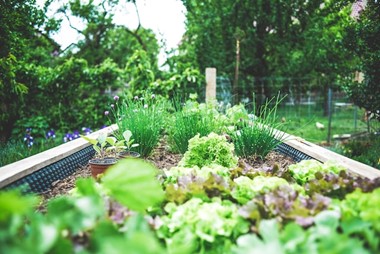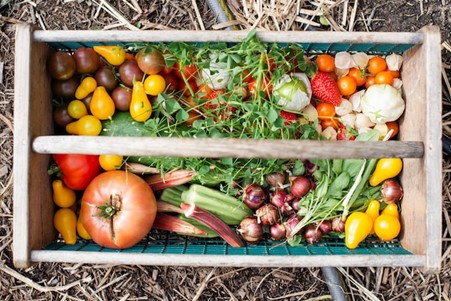Garden to table is becoming much more popular with those looking to live a sustainable lifestyle. But, how does it help to bring increased enjoyment in the kitchen?
By practicing a garden to table philosophy, cooks can experience a whole range of flavors and ingredients that they would normally not have access to. It encourages the use of seasonal produce and helps to create dishes with richer flavor profiles thanks to the fresh, nutrient-rich ingredients.
Tamme McCauley of Pacific Palisades discusses more below on the ways using produce from the garden can increase the joy of cooking.
Superior Taste and Freshness
Growing fruits, vegetables, and herbs in the garden gives cooks immediate access to the freshest ingredients possible. Harvesting produce and using it right away ensures maximum flavor and nutritional value.
Store-bought produce often undergoes a lengthy process from harvest to consumption, which can result in nutrient loss. With garden-to-table cooking, fruits, and vegetables can be enjoyed at their peak nutrition since they are picked and consumed quickly.
Freshly harvested produce tends to have a superior taste compared to store-bought alternatives. The flavors of homegrown vegetables and herbs can be more vibrant and intense, enhancing the overall quality of dishes.
Ability to Experiment
Cooks that grow their own produce have control over the varieties and flavors of them. They can experiment with unique and heirloom varieties that may not be readily available in stores, adding diversity and excitement to meals and the ability to explore different flavor profiles.
Heirloom peppers and carrots come in a whole host of colors to liven up dishes, and tomatoes have interesting shapes, textures, and flavors to explore that won’t be found in the grocery store.
A Seasonal Challenge
What can be grown in a garden will vary depending on the time of year. This can add an extra layer of challenge in the kitchen, meaning the cooks need to make the most of seasonal ingredients to make their dishes.
This can lead to fresh-tasting dishes and different styles of cooking being showcased regularly throughout the year, adding variety to mealtimes. Cooks might want to consider the Japanese concepts of washoku and shun, which celebrate the importance of seasonal and local ingredients.
Cost Effective
By growing one’s own produce, households can save on their food bills, especially if they plan effectively to maintain a good level of fruit, vegetables, and herbs being available at any one time.
Bumper crops or surplus could even be traded with fellow gardeners to gain even more produce and foster community relationships. Otherwise, cooks can look at different ways of preserving extra produce, such as canning, making jams, and dehydrating/drying. This not only creates a new culinary challenge but a way to enjoy favorites all year round.

Greater Control
Homegrown food gives the ability to control the use of pesticides and chemicals. Gardeners can be confident in knowing exactly what has gone onto their produce, and can even adopt organic gardening practices and avoid exposure to potentially harmful substances.
Increased Satisfaction
There is nothing better than eating something that has been made yourself, and those who take up garden-to-table practices can experience this daily. It can lead to an increased sense of happiness and satisfaction with every meal.
Not only that, but the practice of growing produce helps people to be able to appreciate the ingredients that are going into their food more, as well as develop light exercise and mindfulness through the gardening and cultivation process.

